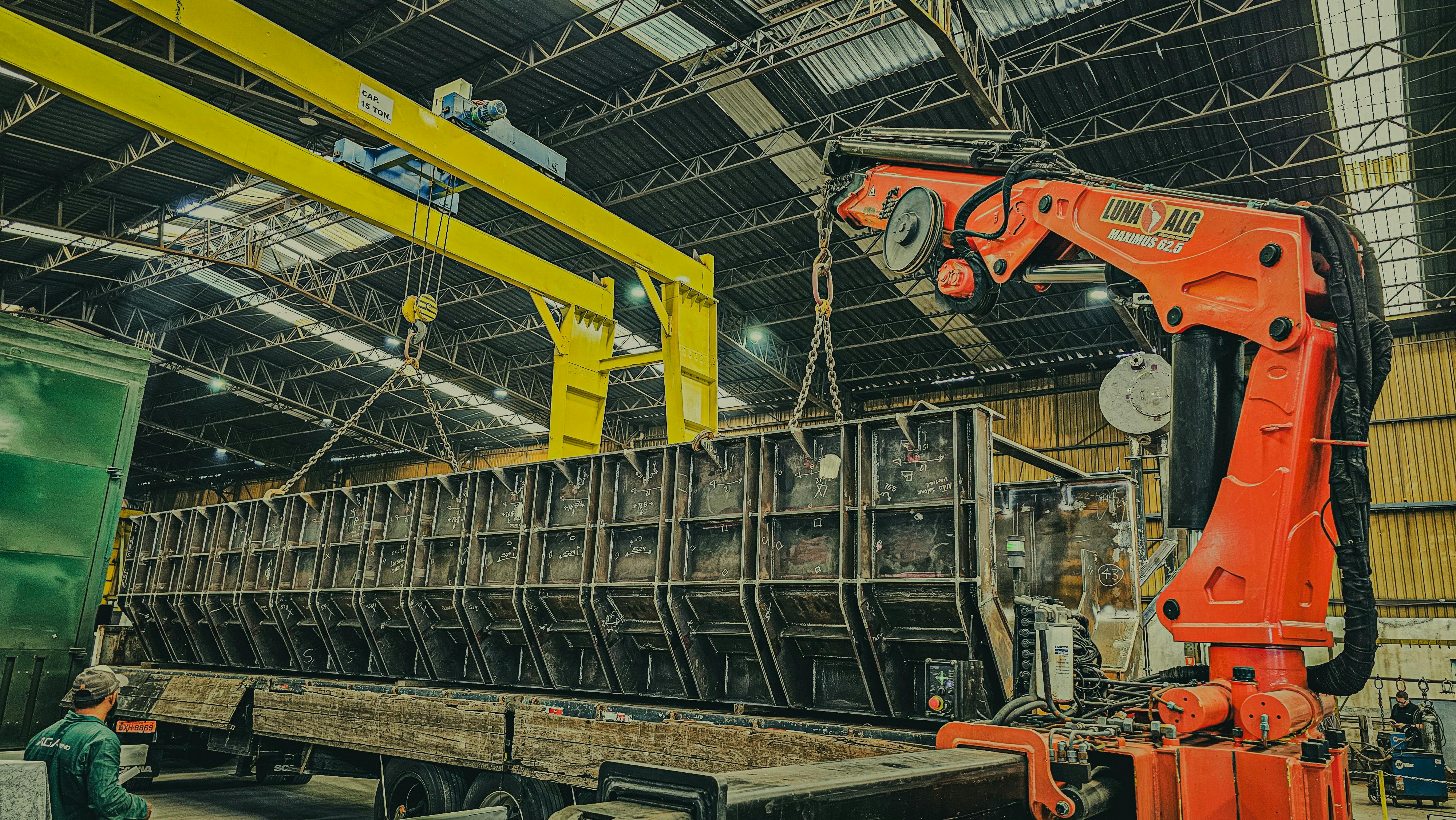
Introduction
At Insight Tech Talk, we don’t just report the news; we decode it. Alphabet’s latest supply chain move is not just another headline; it’s a seismic shift with global implications. The decision to relocate Google Pixel smartphone production from Vietnam to India is significant and speaks volumes about the changing dynamics of global manufacturing. This strategic maneuver is about more than mere production costs; it reflects a deep understanding of current geopolitical landscapes.
Understanding the Shift: What’s Driving Alphabet’s Decision
According to various reports, Alphabet is in advanced discussions with India-based Dixon Technologies and global manufacturing titan Foxconn. This shift is driven by several factors, notably rising tariffs and supply chain instability. The U.S. is contemplating a steep 46% tariff on imports from Vietnam, while imports from India incur a relatively lighter 26% duty. President Donald Trump recently announced a 90-day pause on reciprocal tariffs, but this temporary relief does not eliminate the uncertainty associated with doing business in Vietnam.
As a result, Alphabet is acting swiftly. This move is not merely about relocating but about redefining their supply chain strategy to navigate a new global trade reality.
The Tariff Threat and Supply Chain Reality Check
Vietnam has been a key player in Google’s Pixel production post-China diversification. However, recent tariff discussions make reliance on this region risky. A proposed 46% import duty could cripple margins and disrupt consumer pricing models for flagship devices like the Pixel. Therefore, Alphabet’s strategy focuses on derisking their supply chain, reminiscent of Apple’s gradual production shift to India.
The goal is not to abandon Vietnam but rather to reduce over-reliance on one region, especially one vulnerable to various geopolitical and economic factors. Strategic diversification is essential for future-proofing any business in today’s volatile market.
Why India Makes Strategic Sense
India is not just a random choice for Alphabet; it is a calculated decision aimed at long-term growth. The nation offers a blend of economic and political incentives that attract tech giants:
- Lower Tariffs: A 26% tariff is substantial, yet significantly lower than Vietnam’s 46%, which is a crucial consideration for cost management.
- Production Linked Incentive Scheme: India’s PLI program encourages electronics manufacturing by offering performance-based financial incentives, making it an attractive territory for companies.
- Established Manufacturing Powerhouses: Partnering with Dixon Technologies and Foxconn provides Alphabet with scale and reliability. Dixon is recognized in electronics manufacturing, while Foxconn has a rich legacy associated with giants like Apple and Sony.
- Skilled Workforce: With a vast and English-speaking workforce, India’s maturing electronics supply chain offers a competitive edge on a global scale.
This strategic move represents a long-term vote of confidence in India’s capacity to emerge as a significant player in global electronics manufacturing.
Implications for Alphabet and the Tech Industry
Transitioning production to India presents multiple benefits for Alphabet, including reduced tariff burdens and smoother regulatory risks. Moreover, it allows Alphabet to tap into a massive, burgeoning market for Pixel phones. The potential advantages include:
- Supply Chain Resilience: Diversifying manufacturing locations enhances resilience against localized disruptions and shifts in trade policies.
- Competitive Pricing: Local manufacturing can lead to more competitive pricing, increasing Pixel’s market share in an arena currently dominated by Samsung and Xiaomi.
- Positive Government Relations: By investing locally, Alphabet may enjoy favorable treatment from governments, including fewer regulatory hurdles and incentive packages.
For India, this transition translates to job creation, increased foreign investment, technology transfer, and a more robust position in the global electronics sector. Alphabet’s decision could very well place India on the map, making it the next major hub for electronics manufacturing.
Challenges Ahead
However, not everything is smooth sailing. While India’s manufacturing infrastructure is improving, it still lacks the streamlined operations found in China or even Vietnam. Quality control issues, supply chain bottlenecks, and regulatory challenges continue to challenge manufacturers. Yet, the overall direction is promising, and Alphabet appears ready to invest in overcoming these obstacles.
What Does This Mean for the Future of Global Tech Manufacturing?
Alphabet’s strategic shift is more than just a geographical relocation; it signifies a fundamental philosophical shift in global manufacturing strategy. The rapidly changing political atmosphere necessitates agility, flexibility, and the need for diversified approaches in tech production.
This decision may prompt rivals like Microsoft, Amazon, or Meta to reconsider their own manufacturing strategies. If Alphabet’s transition proves successful, we may witness similar moves from other Silicon Valley giants, reshaping the global tech manufacturing landscape.
Conclusion: The Future is Bright for India
As we observe these developments, it’s crucial to recognize the implications of Alphabet’s choice. India stands at a critical juncture, poised to become a major player in global electronics manufacturing, not just as a production base but as an innovation hub. The tectonic plates of global manufacturing are shifting, and India is at the center of this change.
What Do You Think?
Will India become the next global hardware hub? Are tech giants prepared to embrace a more distributed and resilient production model? Drop your thoughts in the comments below. If you’re interested in more insights into the tech industry and want to stay updated on significant shifts before they become headlines, subscribe to our newsletter for weekly updates, analysis, and deep dives that matter.